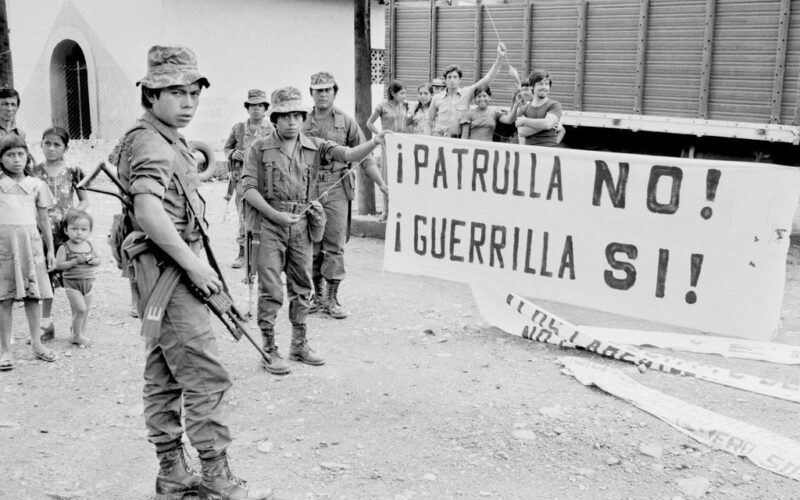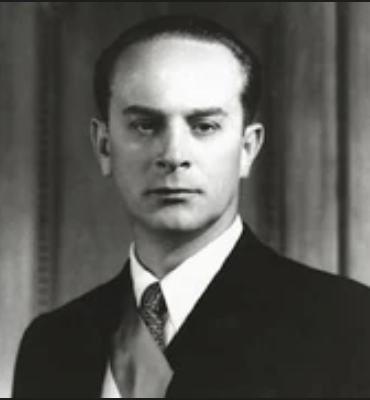In the early 20th century, Guatemala was marked by social and economic inequality, as well as political instability. Indigenous people, who make up a significant portion of the population, were marginalized and faced discrimination. The 1944 Revolution brought about significant changes, including the establishment of a democratic government and the recognition of indigenous languages and culture. However, the 1954 coup d’état marked a significant turning point in Guatemala’s history. The overthrow of President Jacobo Árbenz and the installation of a military dictatorship led to a period of political violence and repression that lasted for decades. Indigenous people were often targeted, and many were forced to flee their homes to escape violence and persecution.
In the 1980s, a brutal civil war broke out in Guatemala. The conflict was marked by extreme violence, including massacres, forced disappearances, and torture. The majority of the conflict’s victims were Maya, a group that had already been marginalized and discriminated against for decades. The government carried out a campaign of genocide against the Maya population, leading to the deaths of tens of thousands of people. Throughout this period, significant political figures played a role in shaping the conflict.
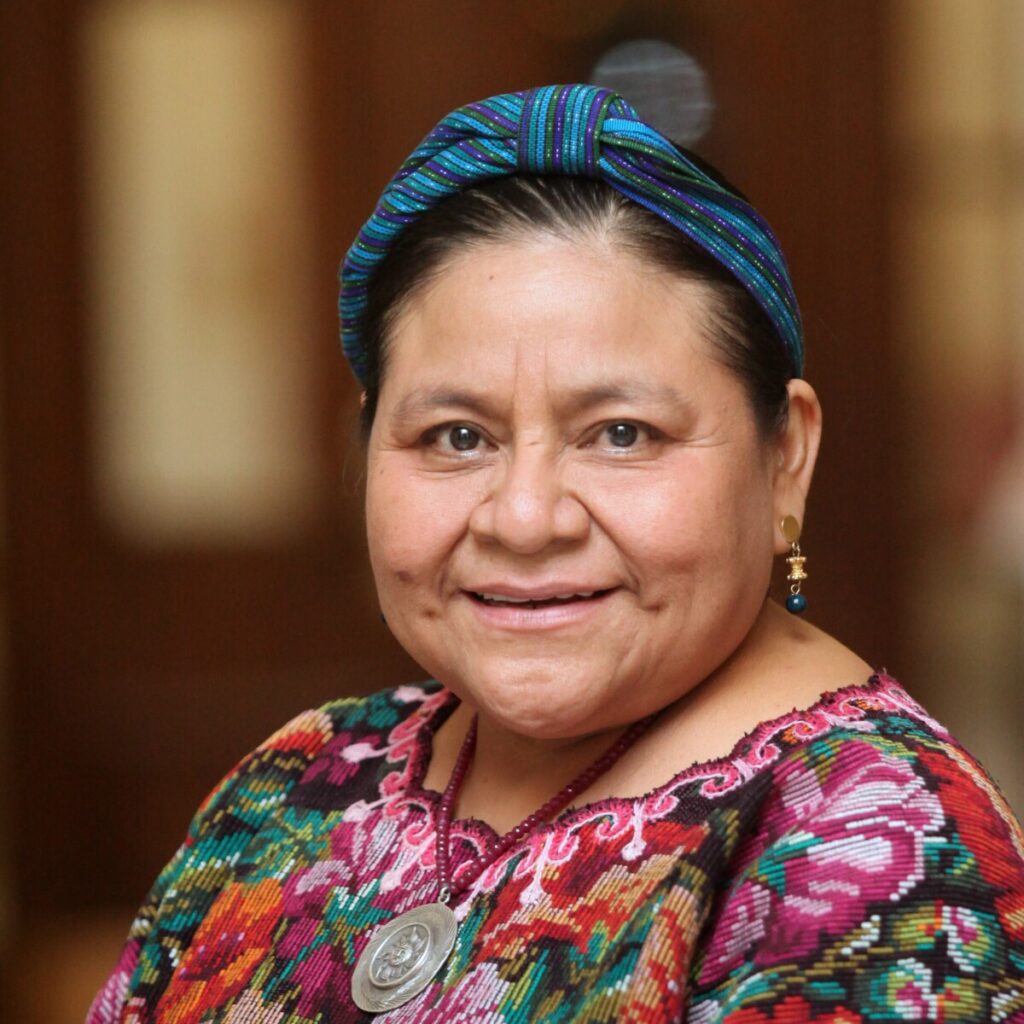
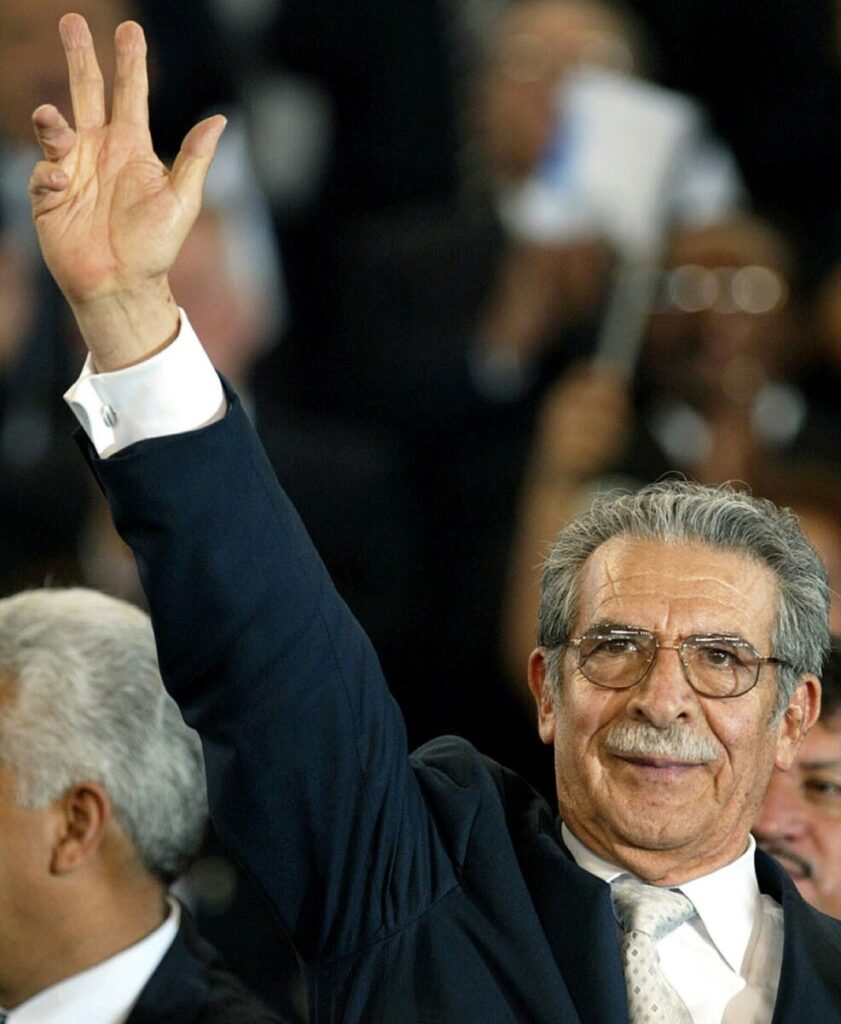
Among these figures were Efraín Ríos Montt, who served as president from 1982 to 1983 and oversaw some of the worst atrocities of the conflict, and Rigoberta Menchú, an indigenous human rights activist who later won the Nobel Peace Prize for her work.
The signing of the 1996 Peace Accords brought an end to the civil war and established a framework for promoting human rights and ending discrimination. The United Nations Declaration on the Rights of Indigenous Peoples, adopted in 2007, also recognizes the rights of indigenous people to self-determination, land, and cultural preservation. However, the legacy of the conflict continues to shape Guatemala’s society and politics. It is estimated that over 200,000 people were killed or disappeared during the conflict. As we move forward, it is important to remember the victims of the conflict and to work towards greater equality and justice for all people, including indigenous communities.
Why was the 20th century significant for Guatemala?
The 20th century was significant for Guatemala because it was marked by a series of social, political, and human rights events that had a profound impact on the country and its people. During this period, Guatemala experienced significant political instability, social and economic inequality, and repression, particularly against indigenous communities. This led to a long and brutal civil war that lasted for over three decades and resulted in the deaths of hundreds of thousands of people, most of whom were indigenous. The conflict also had a lasting impact on the country’s politics and society, shaping its identity and the ongoing struggle for social justice and human rights. Today, Guatemala continues to face challenges related to the legacy of the conflict, including ongoing discrimination and inequality, as well as efforts to promote reconciliation and justice for its victims.
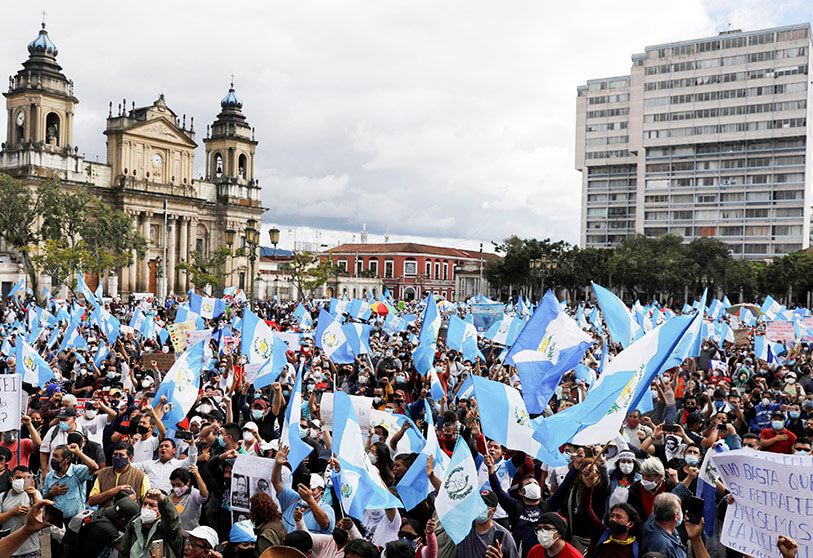
How were human rights violated in Guatemala in the 20th century?
The national conflict in Guatemala, which lasted from 1960 to 1996, was marked by widespread human rights violations committed by the government and various paramilitary groups. Human rights were violated in numerous ways during the conflict. One of the most common forms of violence was forced disappearance, in which people were abducted by government forces or paramilitary groups and never seen again. Many people were also subjected to torture, including beatings, electric shocks, and burning. Extrajudicial killings were also a common occurrence, with government forces and paramilitary groups often targeting suspected rebels or their families. Indigenous communities were frequently targeted for violence and displacement, with many people forcibly relocated or forced to flee their homes. In addition to the physical violence, human rights were also violated through efforts to silence dissent and suppress opposition. Censorship, restrictions on freedom of expression and assembly, and the use of intimidation and threats all contributed to a climate of fear and repression. Overall, the national conflict in Guatemala was characterized by a widespread and systematic pattern of human rights violations that had a devastating impact on the country’s indigenous communities.
